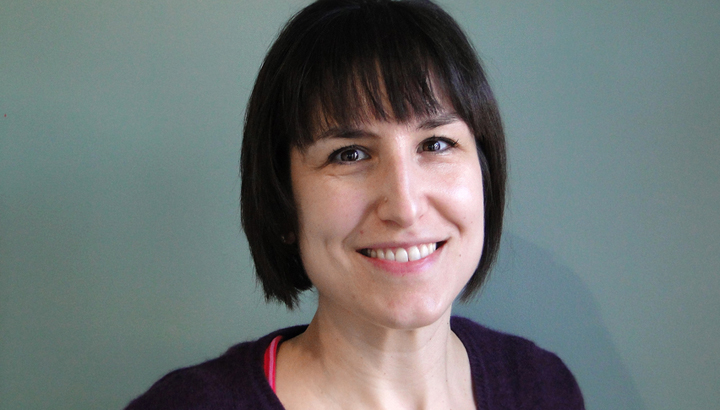If you view a project manager’s resume, you probably will notice a career change or two. After all, most professionals don’t study project management in college; they evolve into project managers on the job, often without holding the job title.

Just ask Ezra Hall. Since childhood, he’s had a passion for electronics. Starting in high school, he began working for small Vermont technology firms. He joined IBM in 1995, just before securing an electrical engineering degree from the University of Vermont. He worked his way up to senior engineer, with 18 patents now under his belt.
Somewhere around 2001, however, he suddenly found himself with project management responsibilities. For over 14 years, he has overseen successful completion of small to large projects for IBM, achieving $50 million in annual services revenue.
With his wide-ranging experience with organizations of all sizes, he recognizes there is “no cookie-cutter approach” to project management. “I’ve observed firsthand that every organization is different, depending on the environment and culture and how problems are approached,” he says. “Every organization has unique requirements and restraints. You need to tailor project management tools, techniques and processes for the environment you work in.”
Tips for Successful Project Management
Still, no matter what a project manager’s level of experience or organizational culture, there are still some general tips that can help projects go more smoothly. Hall offers these:
- Don’t leave the early project planning to upper management, team leads or anyone else. “At the end of the day, you’re the one most responsible for the project so you need to be involved from the very beginning,” Hall notes.
- Determine the stakeholders up front. “Stakeholders are anyone who has an interest or anyone who has indicated an interest. You really want to have buy-in from the start,” he says, or you’ll run into problems when an unidentified stakeholder learns of the project later or when the project’s scope or schedule is altered along the way, and stakeholders start balking.
- Don’t assume that “I approve” at the beginning of the project mean buy-in from stakeholders. “Make sure everyone understands what you are trying to communicate,” Hall says. “‘I approve’ is usually a warning sign that they haven’t looked at it. When you get the challenging questions, then that means they are paying attention.”
- Tailor communication according to what works best for your organization and project – email, face-to-face, online tracking tools or weekly status reports. “No matter what the communication tool,” Hall notes, “spend your time delivering the right message, to the right people, at the right time, using the right tools so that there is no misunderstanding.”
- Create spreadsheets that define in detail the project’s scope, including a work breakdown with affiliated costs, deliverables and deadlines. “Capture the work you’re doing and what you’re doing,” Hall explains. “What are you delivering? What do you need from the customer? When you’ve built up details of the project, then you can do a higher-level document. But start with the details so there can be no misunderstanding.”
- Build a contingency plan. After documenting the entire project – including scope, schedule, costs and quality objectives (the goals that define what you’re delivering) – then build your contingency plan for agreed-upon cost adjustments if the project becomes more expensive or veers off schedule. “Many, many minor issues on a project can turn into a major cost,” Hall notes. “You have to plan your project to expect some change, and then you have to see if that contingency plan is acceptable to all stakeholders. I often build in at least 10 percent contingency.”
- Build risk management into every project. “Projects change and things happen. Don’t focus on the low-probability risks; focus on the medium-to-high-probability risks,” Hall says. Account for these risks using a spreadsheet that describes the possible risk and its impact; ranks its probability and severity; and then offers a response. “When a risk occurs, you will be prepared to respond and glad that you informed all stakeholders at the beginning.”
For a project to be successful, “you have to have a solid foundation,” Hall says. “If you haven’t had time to build your foundation, then you’re going to spend more time dealing with issues. The biggest problem I’ve seen is when projects are rushed at the beginning, and the customer funding the project doesn’t want to get into the details, and then you get into trouble. That’s why I’m so focused on the planning side of things. As a project manager, it takes some fortitude to stand up and say, ‘No, we’ve got to do it this way.’ At the end of the day, it helps everyone be more successful.”
Learn more about UVM’s Project Management Certificates and Programs.




